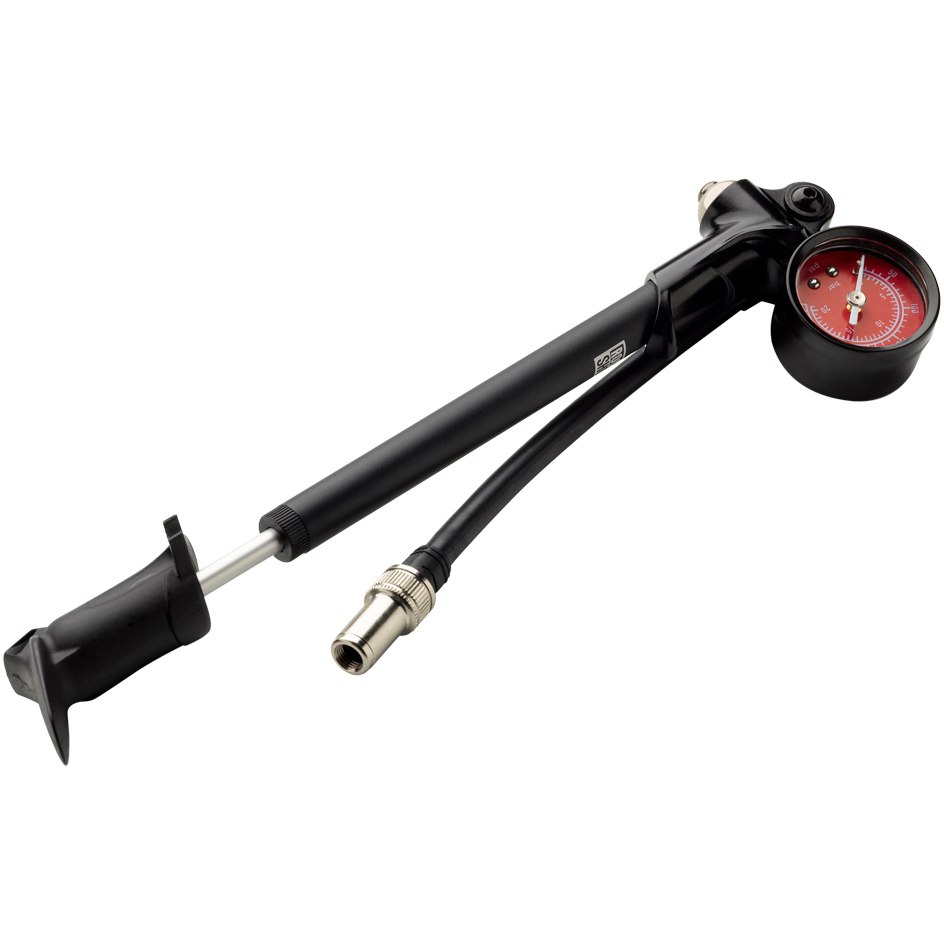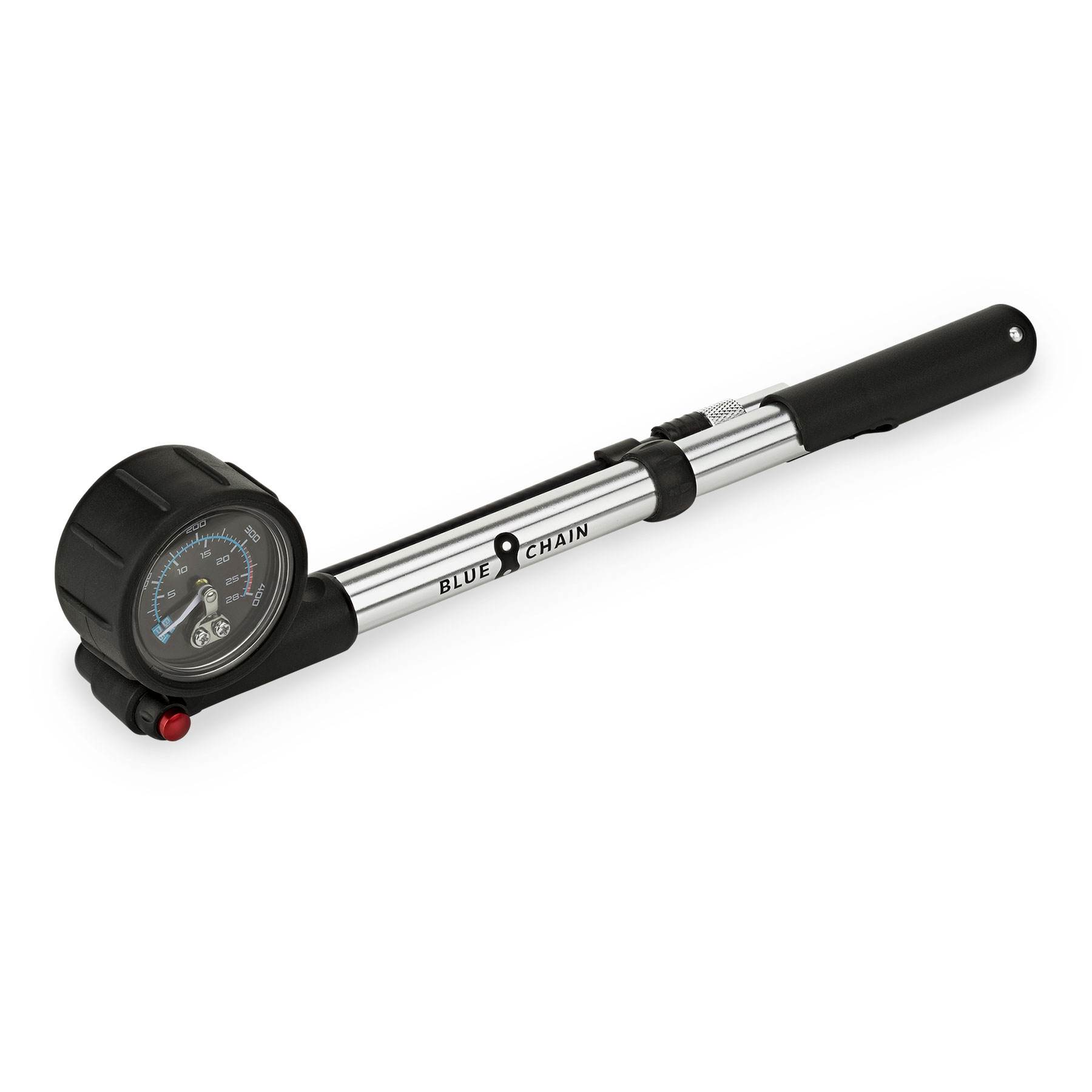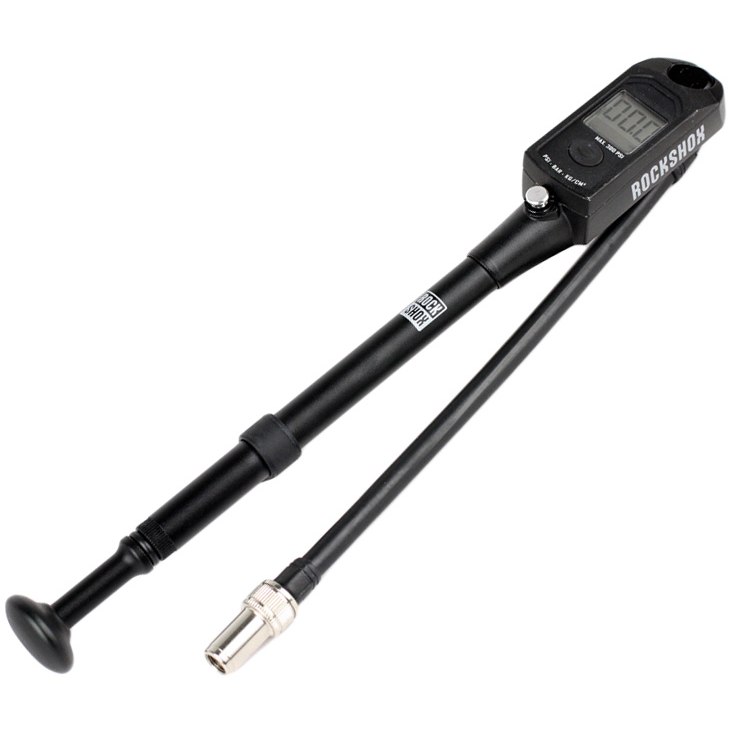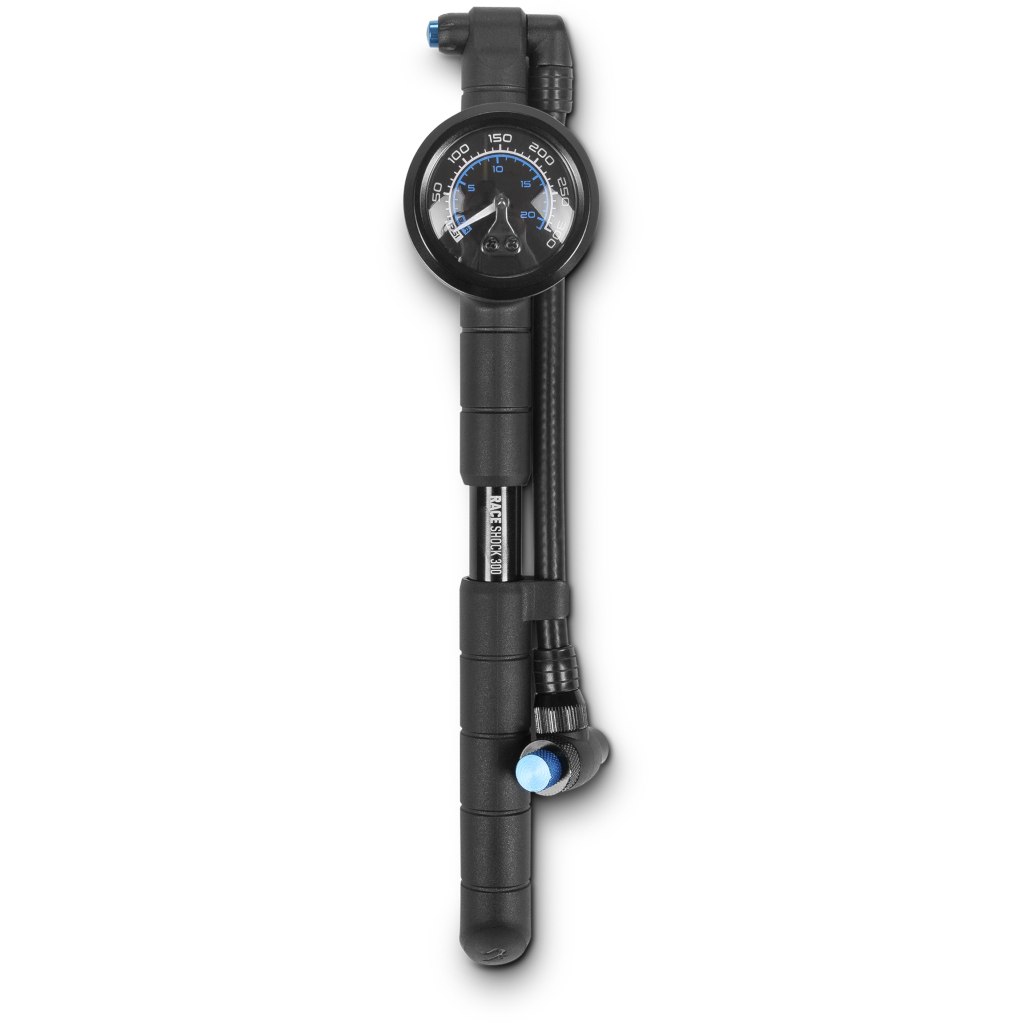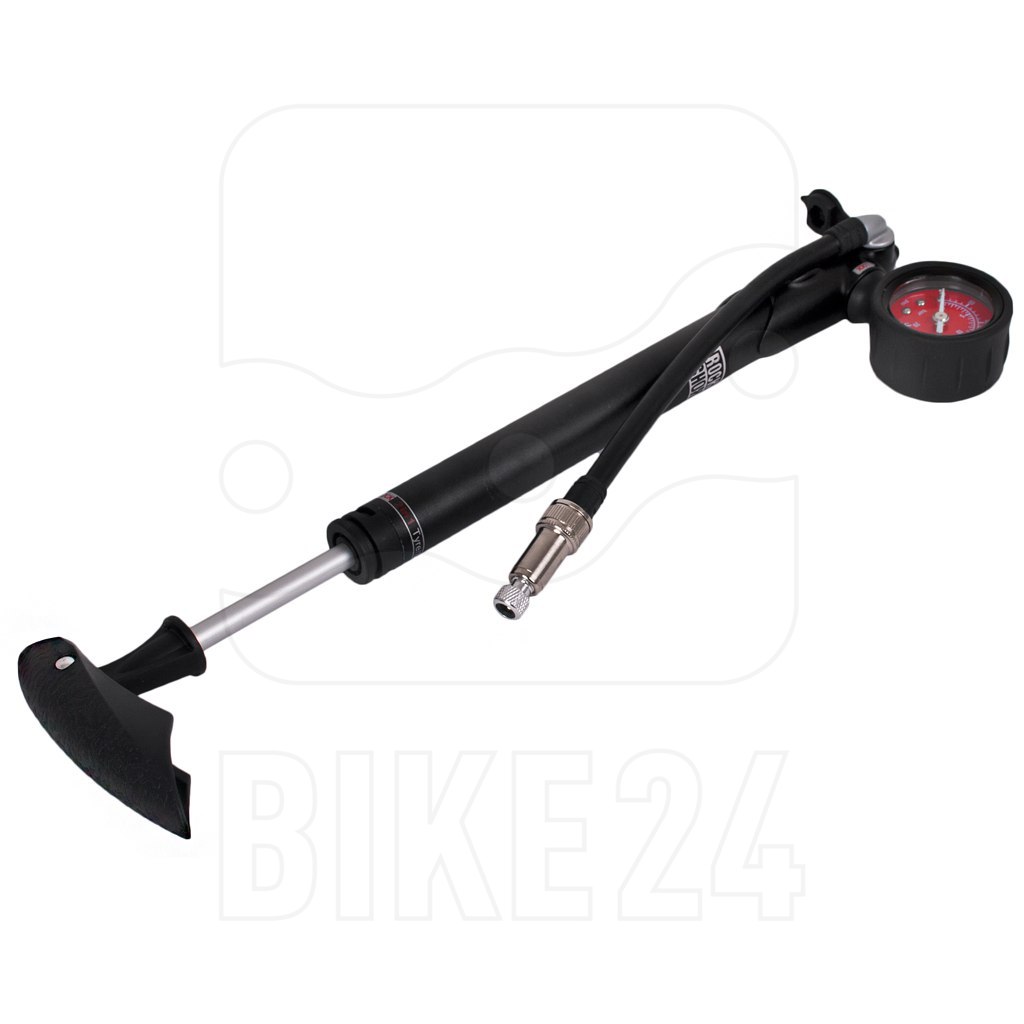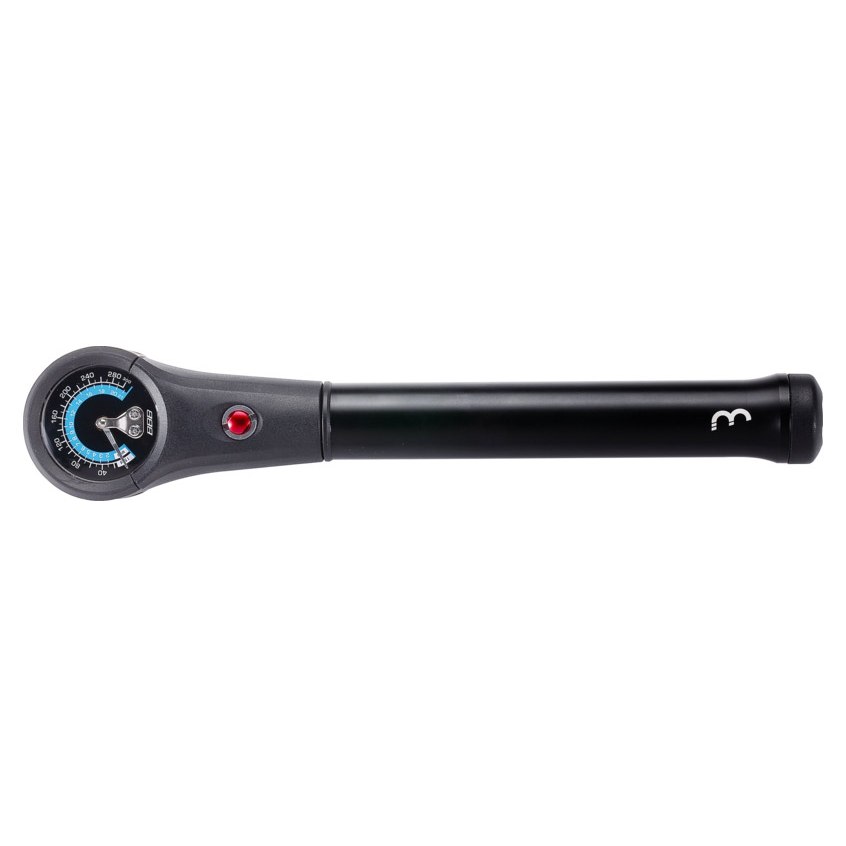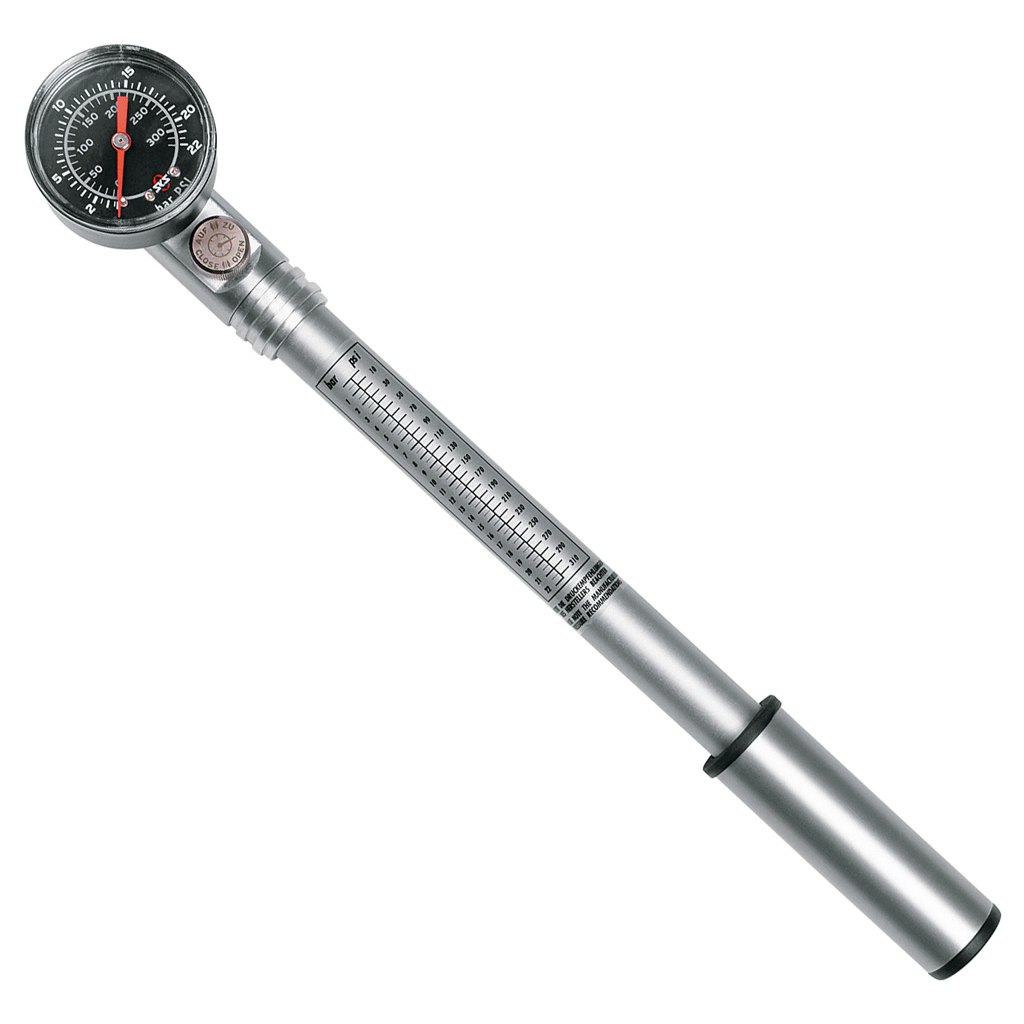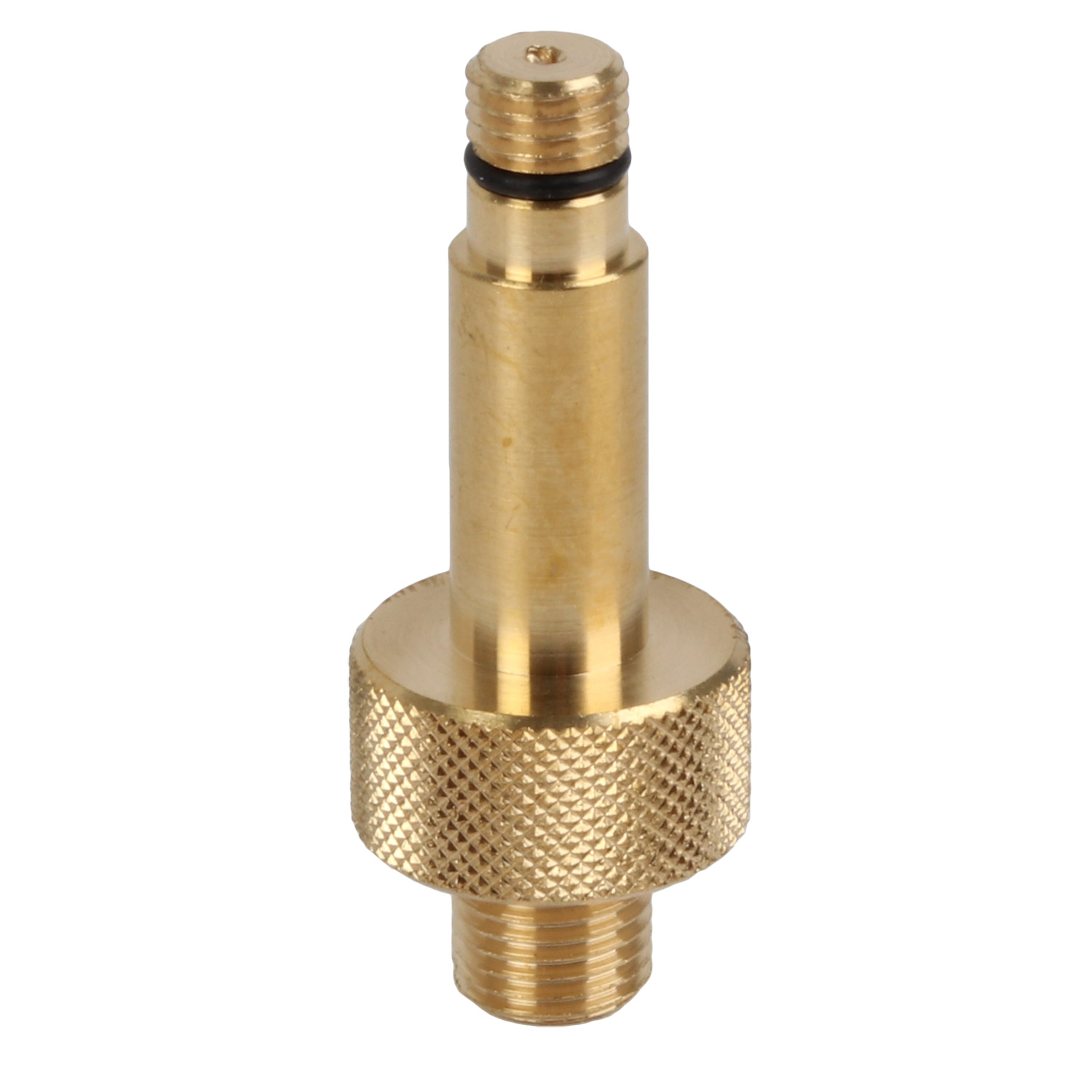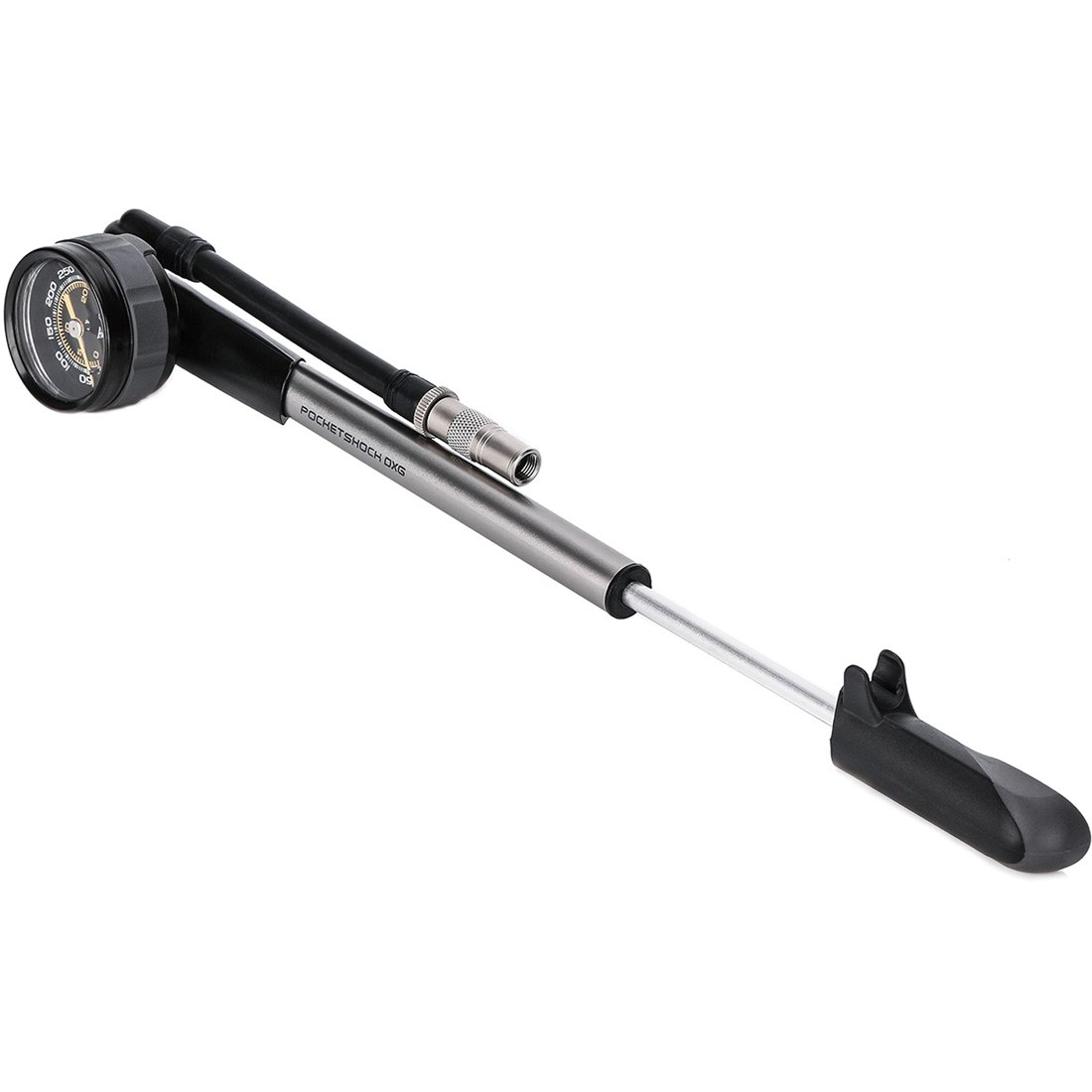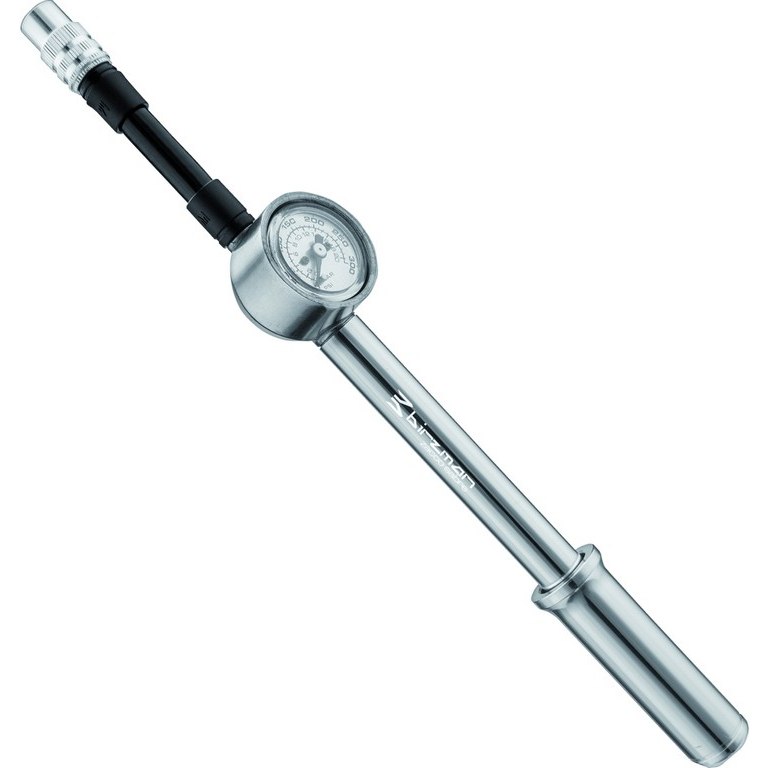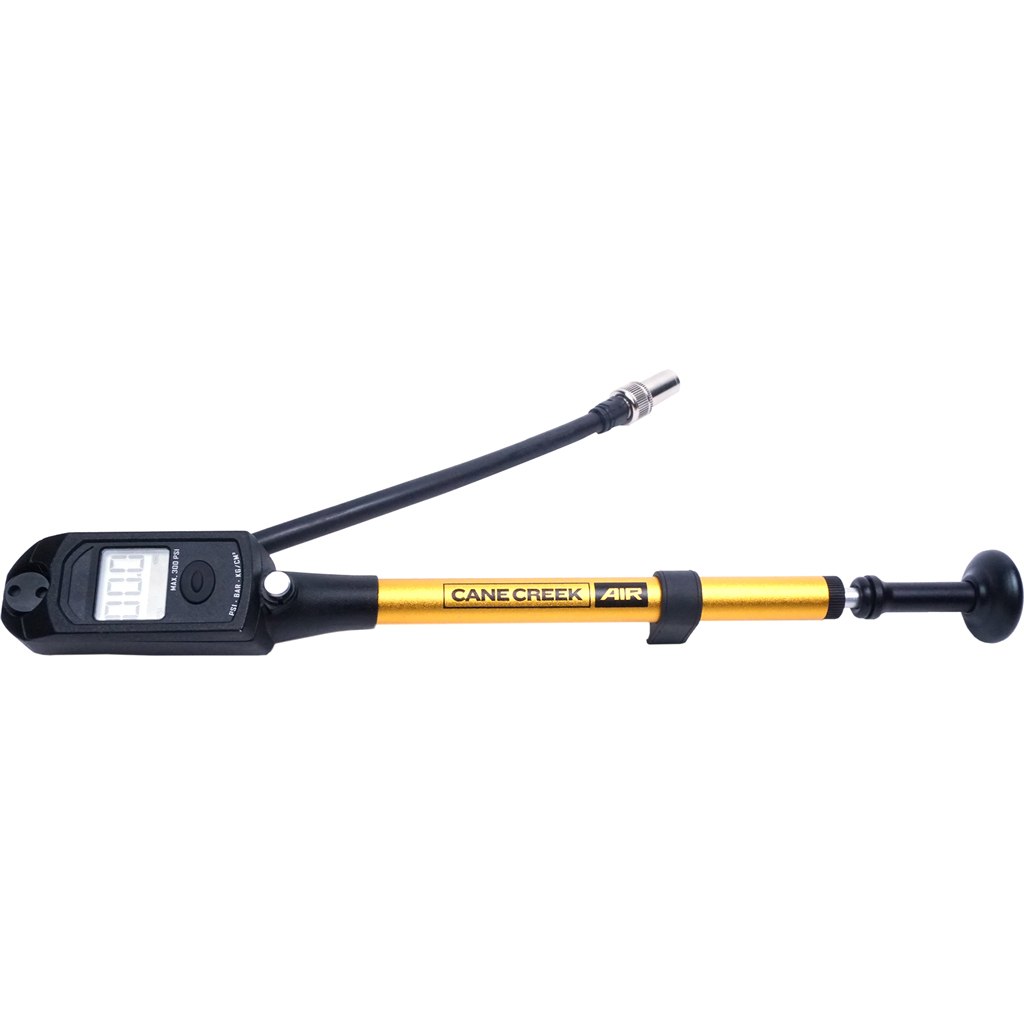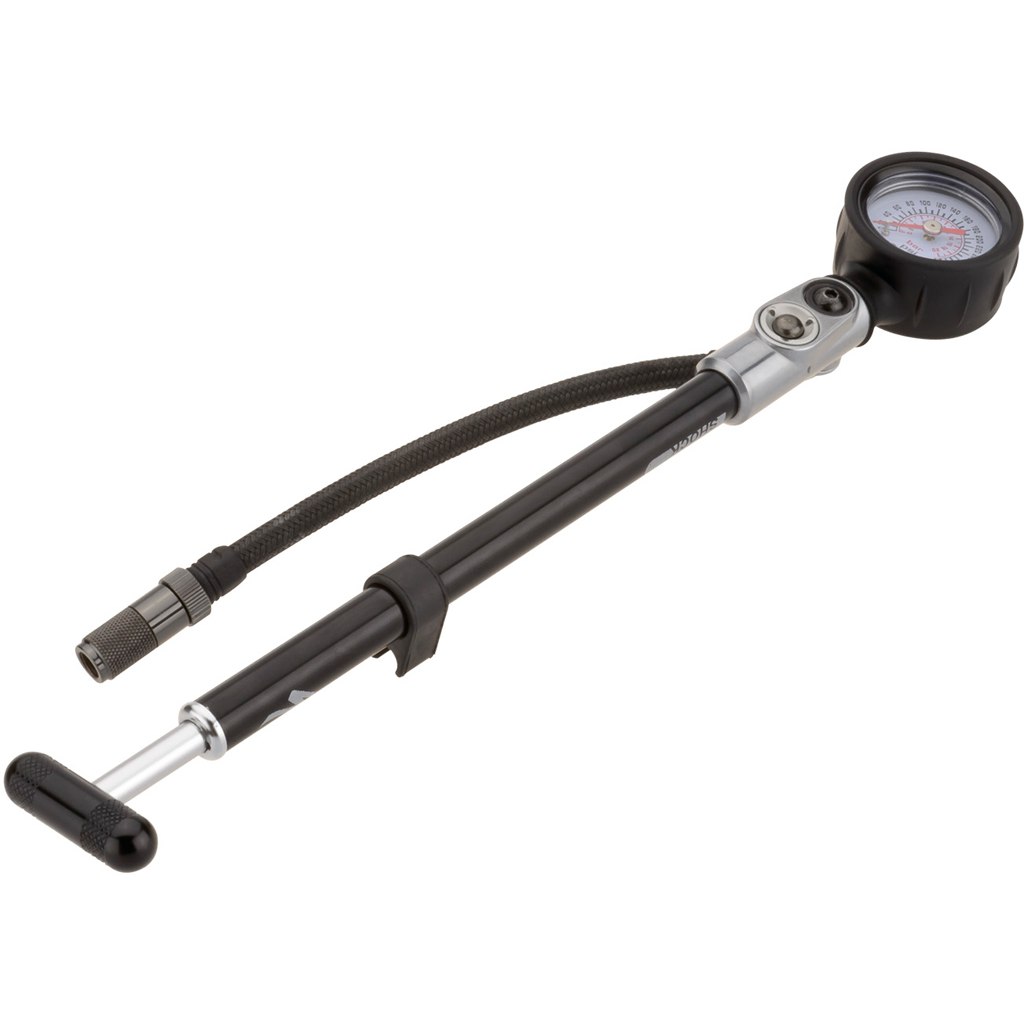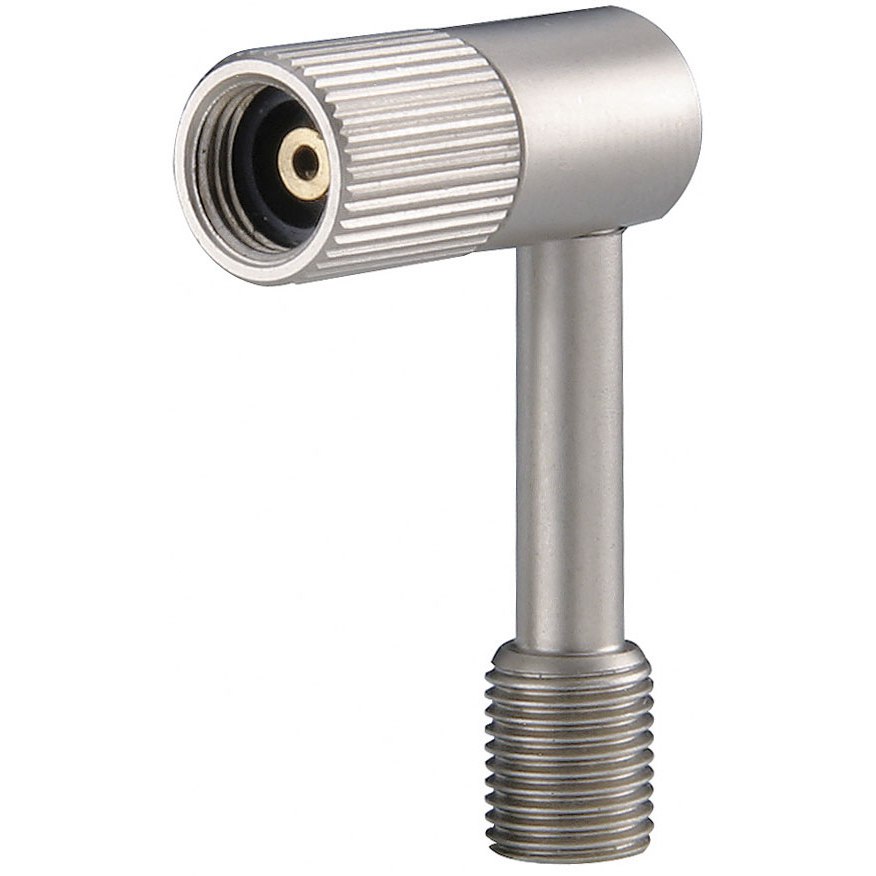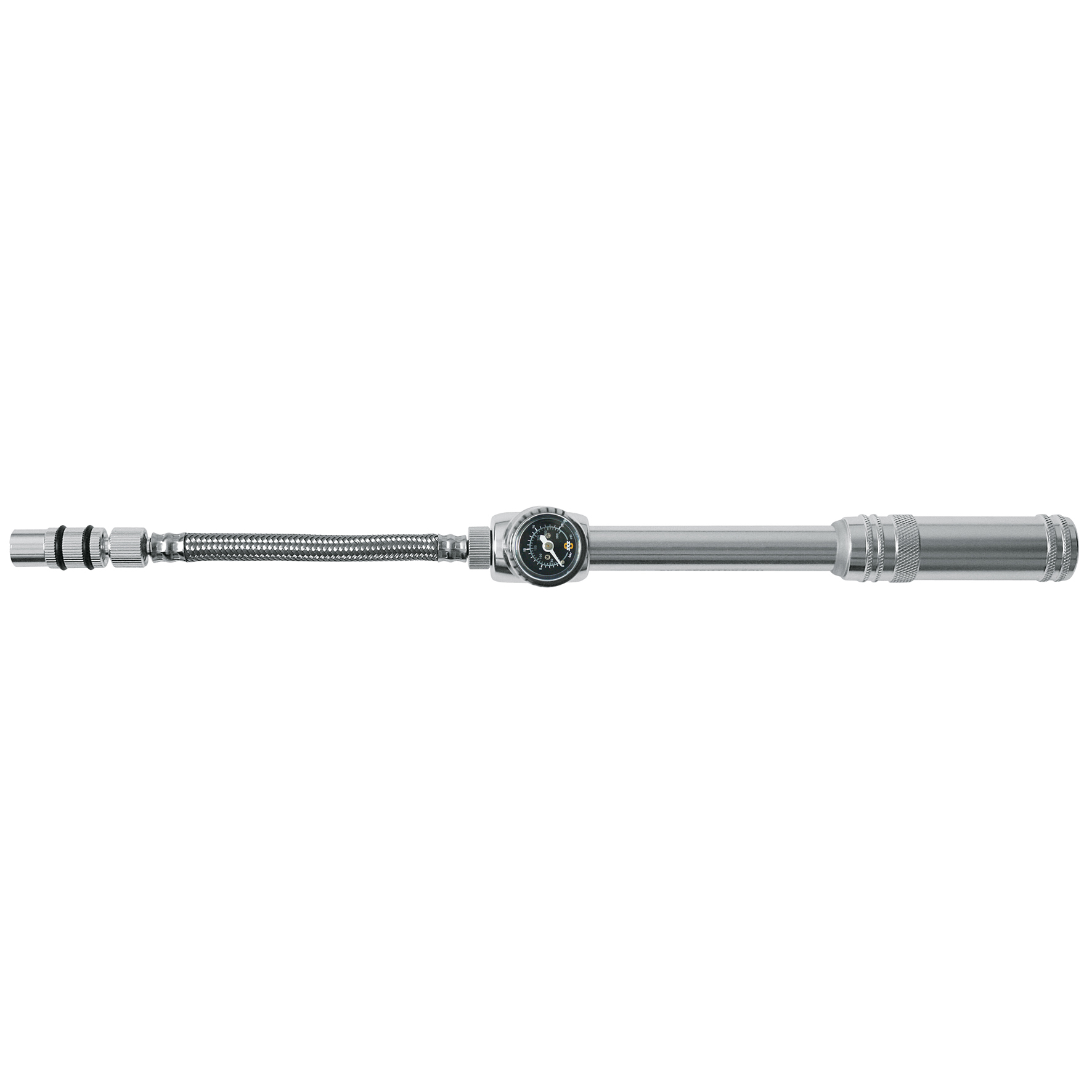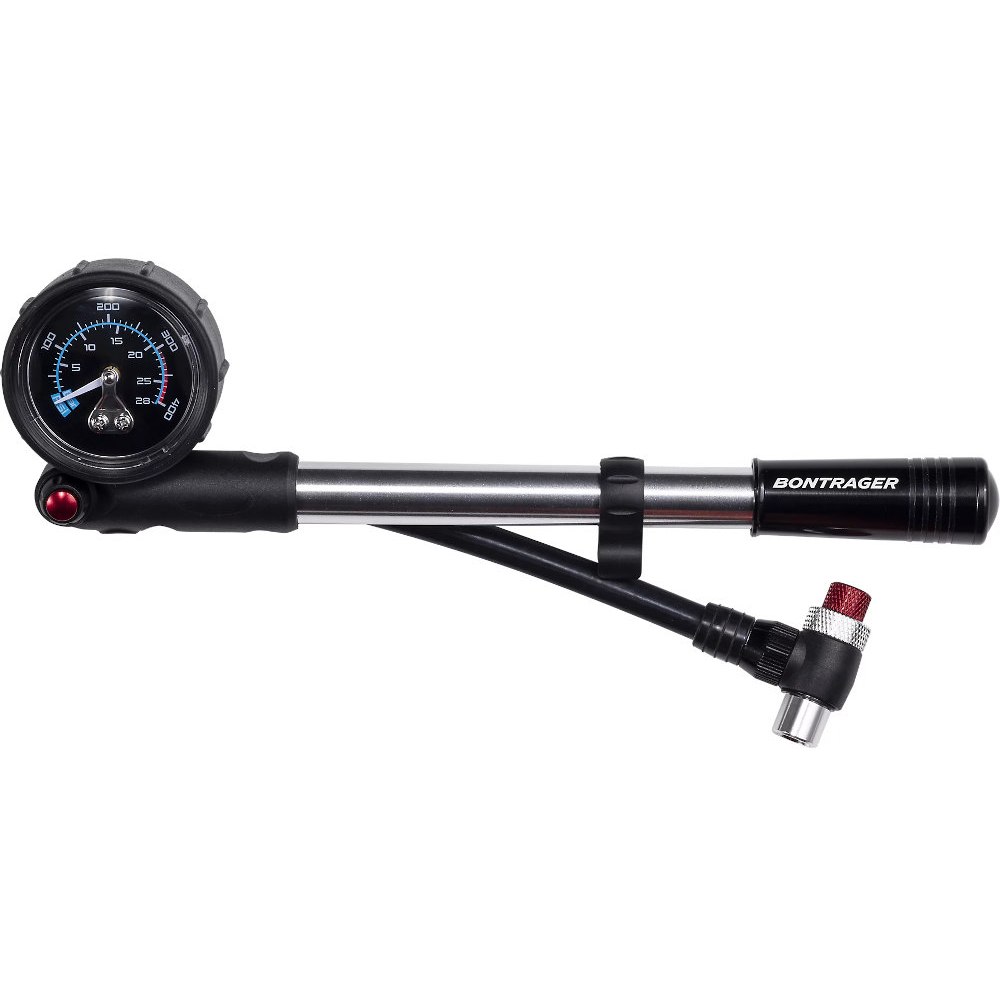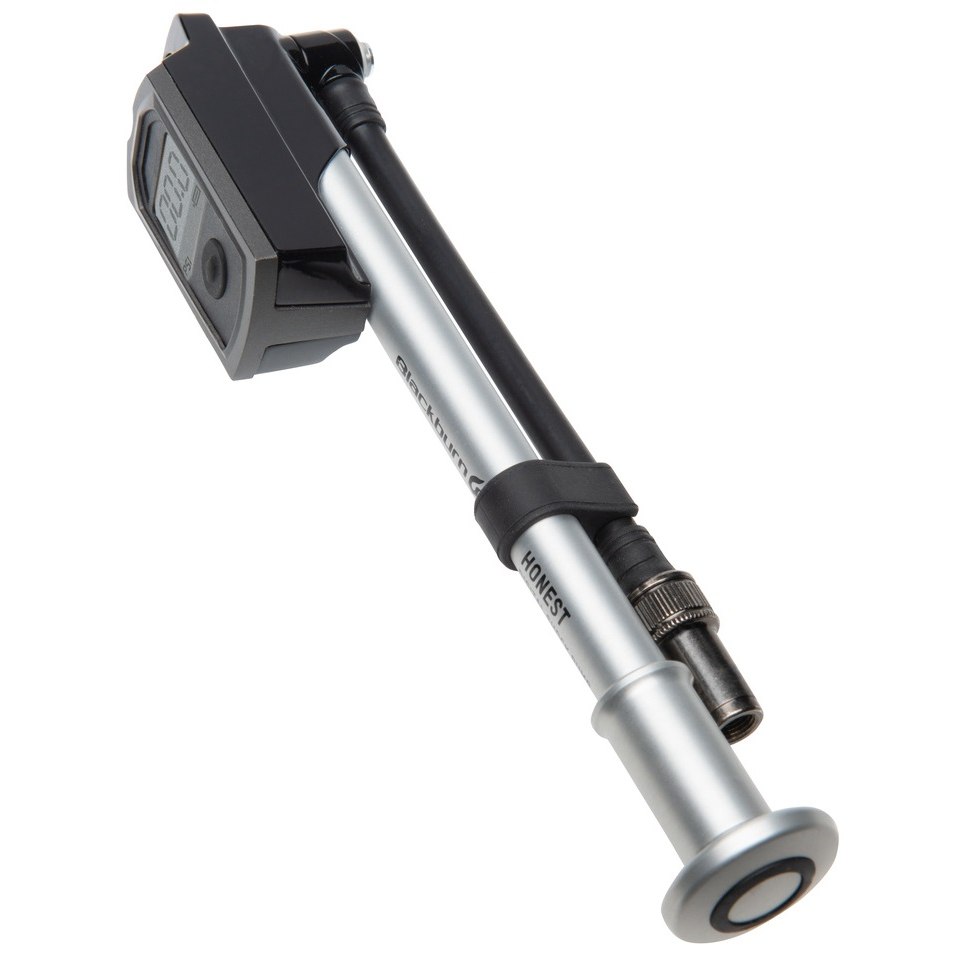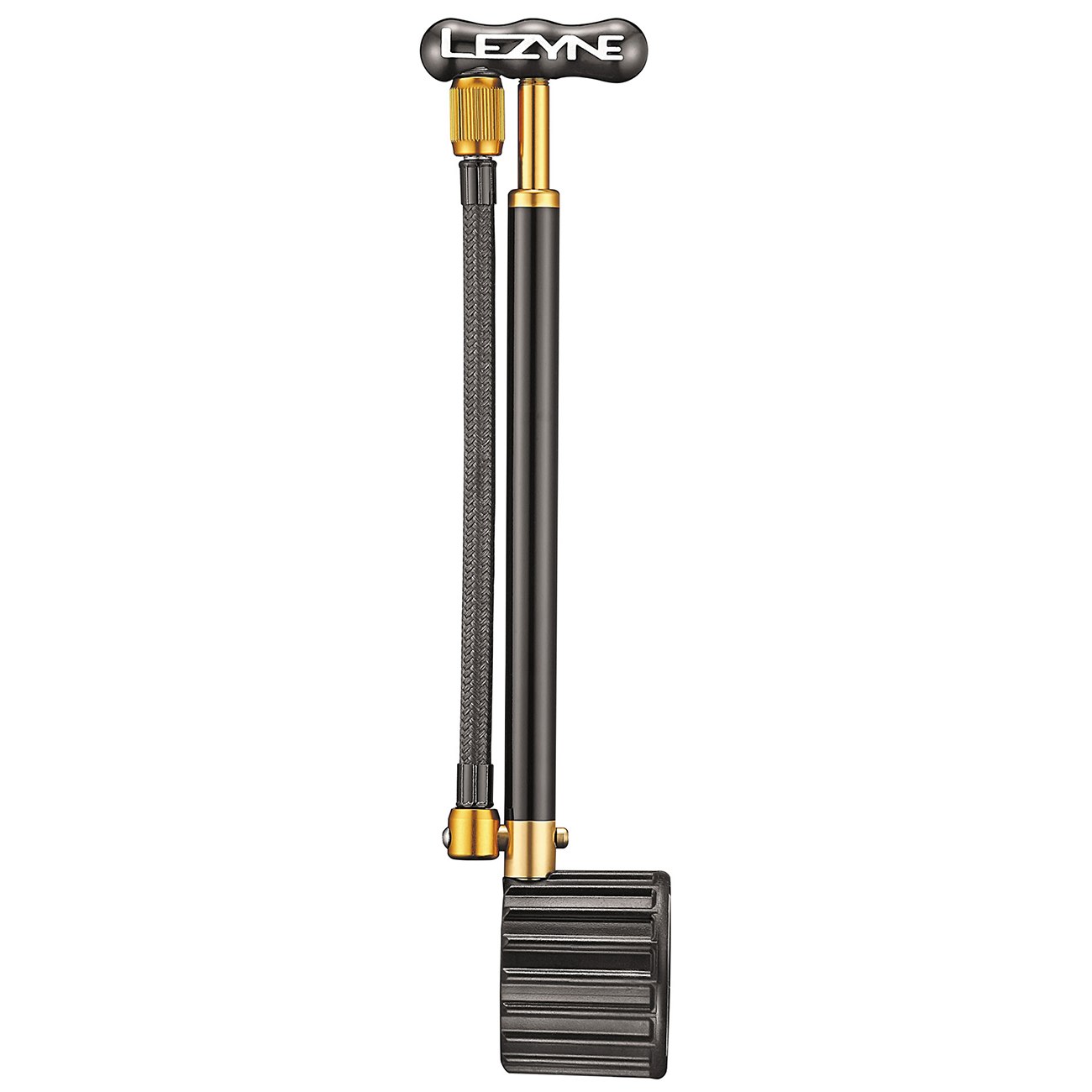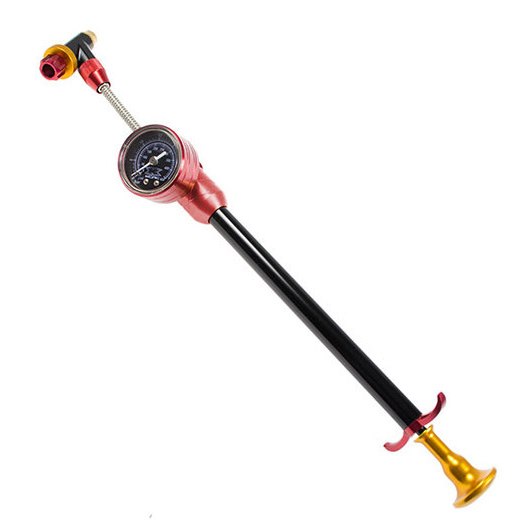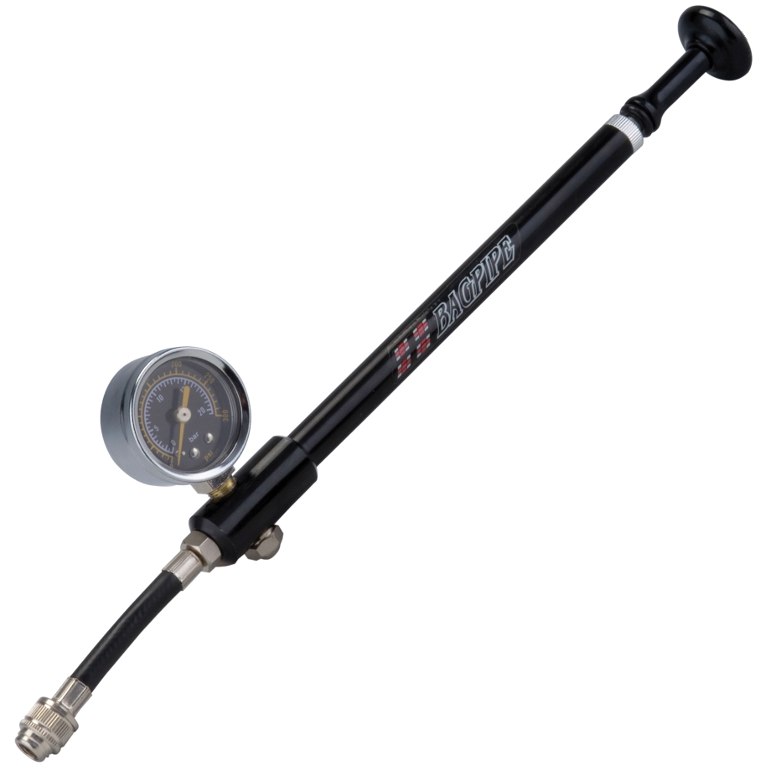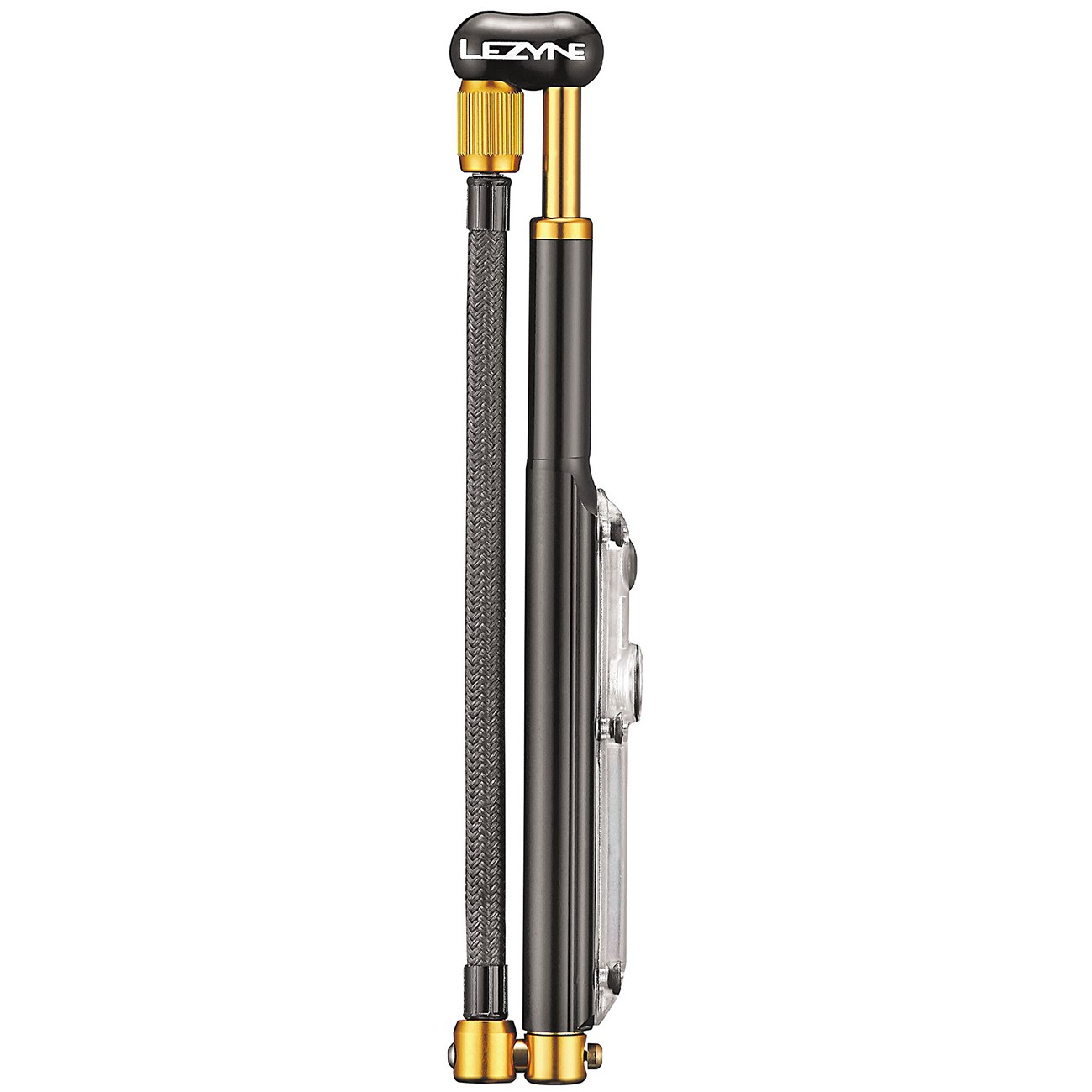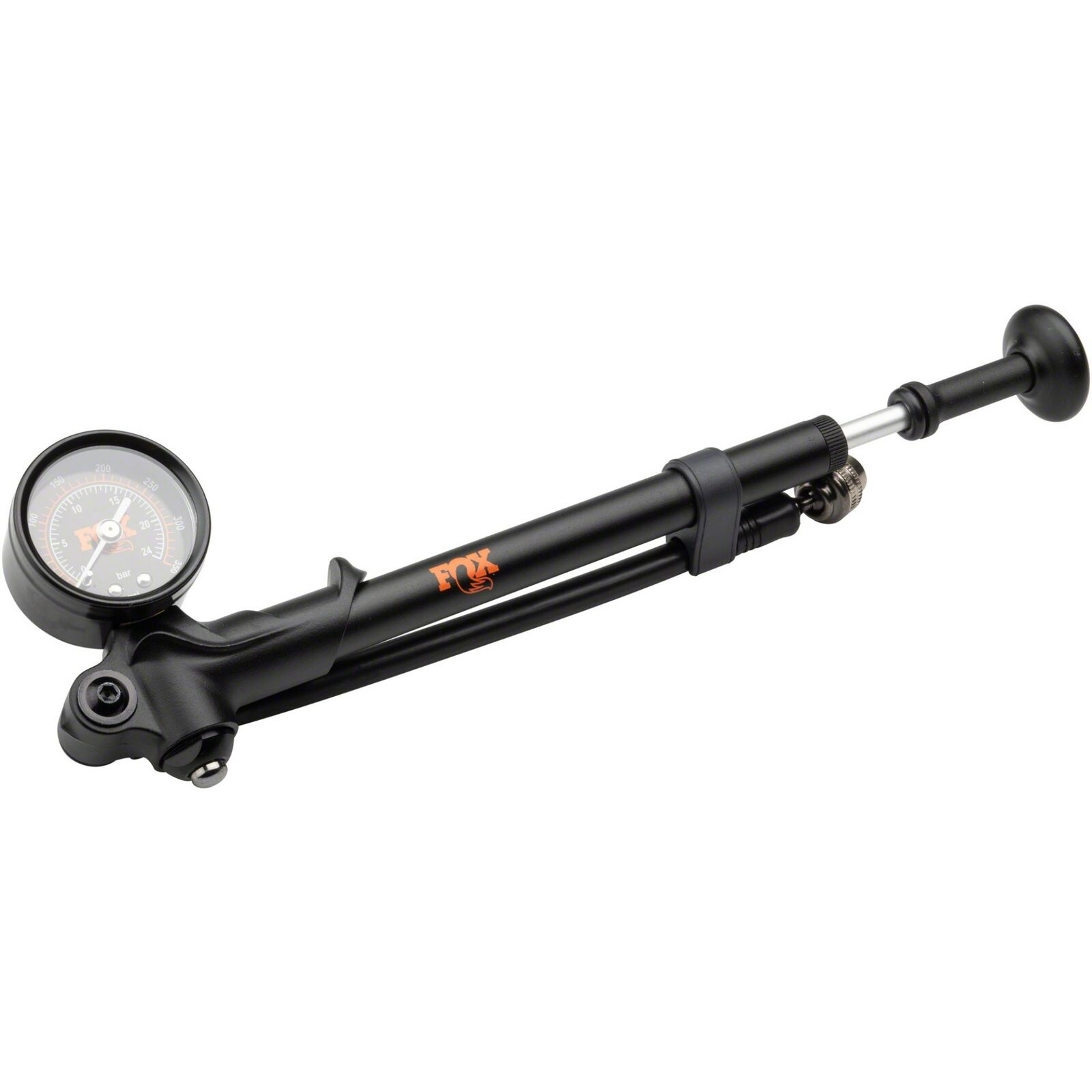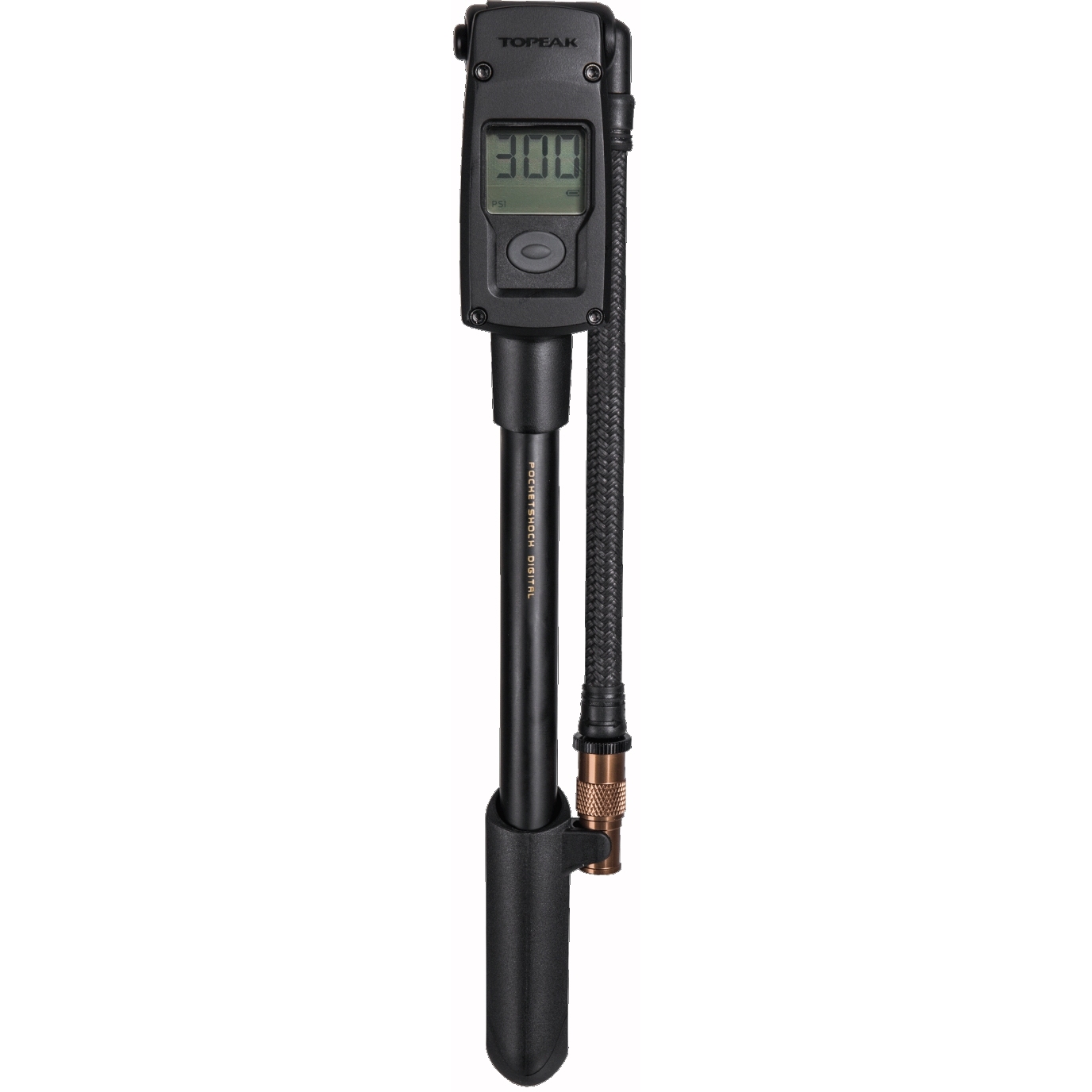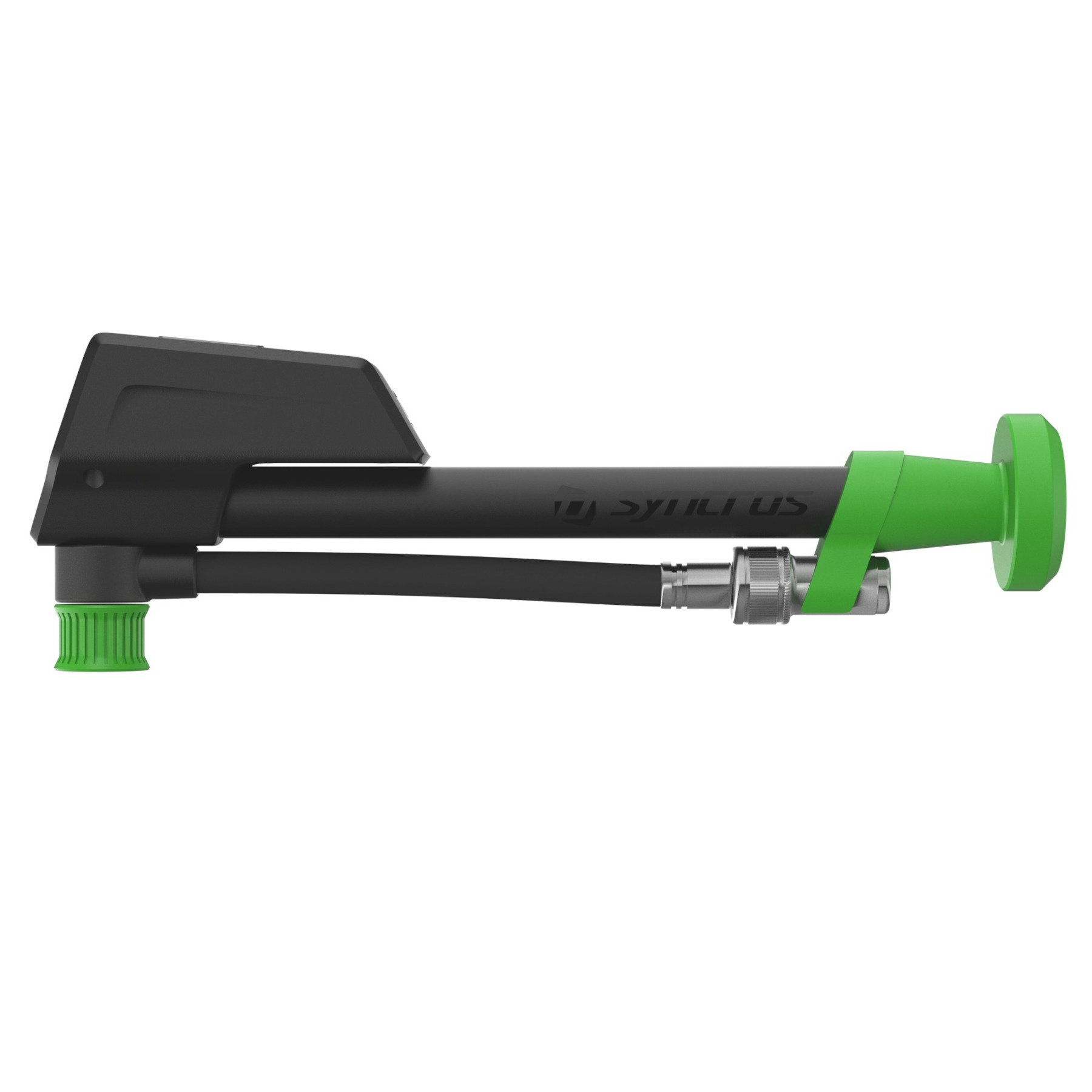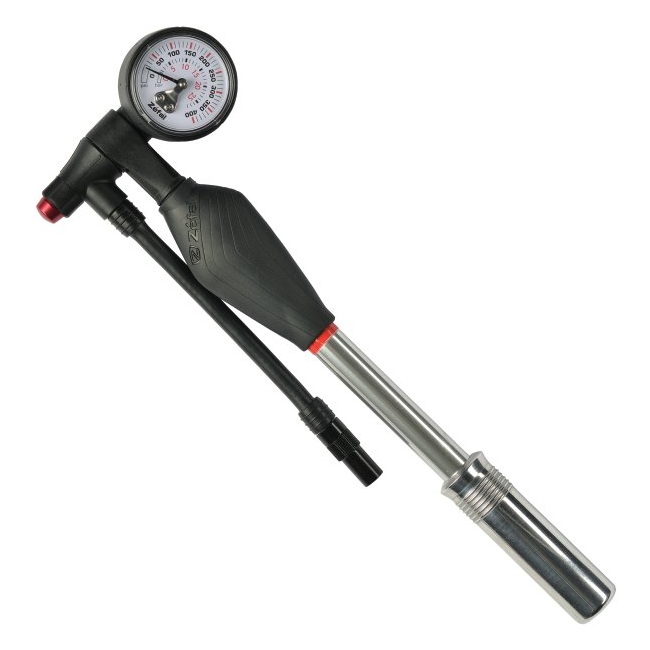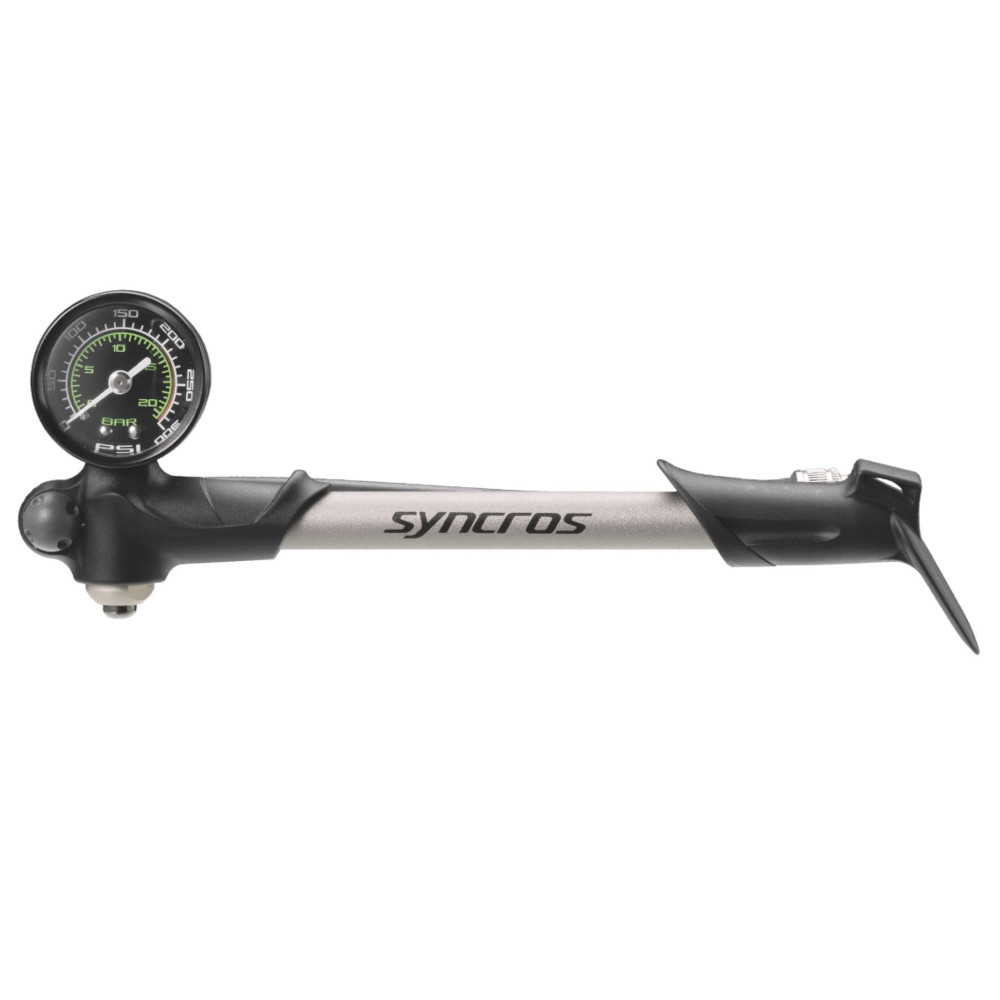- Home
- Cycling
- Bike Accessories
- Pumps
- Shock Pumps
Shock Pumps for Mountain Bikes – Who Needs Which Model?
No matter whether you have a suspension fork or shocks, the best mountain bike suspension is useless if it is not individually adapted to the rider's weight. You can take care of this with a shock pump. On this page we set out the key details to look out for when buying and using a shock pump – and why this sort of bike pump belongs in every bike toolkit. Read more
Why Is a MTB Shock Pump So Important?
MTB and e-mountain bike suspension systems are getting better and better, and suspension forks and shocks with air suspension are now common even on low-priced bikes. The advantages of air suspension over steel springs or elastomers are clear: air suspension is much lighter and can be easily adjusted to the rider’s weight. All you need is a special air pump – the fork pump. Even if your bike was adjusted to your weight when you bought it, it may be worth adjusting the air suspension a little after the first few tours: less air in the shock ensures a more refined response. More air is needed if the suspension is too soft, bounces too much, or sags when you’re riding on hard ground – in other words, if it rushes through the entire spring travel and lets you feel every jolt.
In addition, checking the fill level in the suspension fork and the shock is an essential part of any pre-season bike check. That’s because given the high pressure of several bar in the air chamber, some air will inevitably escape from the suspension fork and the shock over time. A shock pump should therefore be an essential part of any decent toolkit.
Purchasing Advice – What Is a Suspension Pump Important For?
A shock pump consists of a rather small piston that can cover a high pressure range. An accurate pressure display is essential: analogue pressure gauges are common and well-established, but you can also get shock pumps with digital displays. Whichever variant you choose, the values should be easy to read and indicated in both bar and PSI. The shock pump’s valve attachment (or head), which is screwed onto the valve on the suspension fork and shock, is also important. It should have a good grip and be quick and easy to screw on and off without letting any air escape from the spring element, which is filled at high pressure.
There are fork pumps with special 2-stage valves, i.e. which unscrew in two stages and allow almost no air to escape from the spring element. The valve attachment should also be shaped so that it can be placed on the shock even if the valves are in awkward positions. Before buying a shock pump, check how easy it is to reach the valve on your bike and, if necessary, look for a pump with a particularly short or angled head so that you can fit it on easily.
Generally, bike shock pumps have a flexible hose so that you can simply screw the head onto the valve and easily read the pressure gauge while pumping. It is also important to have a button on the pump that allows you to release air when the pump is on – but this feature appears on almost all shock pumps. Of course, it is also important that the pump fits comfortably in your hand – a small handle at the end can be very helpful.
Summary – Shock Pump Essentials
- Easy-to-read pressure display: This is the only way to ensure you can fill your shock accurately.
- Valve attachment that can fit on awkwardly situated shock valves: The valve attachment is crucial to make filling the shock easy.
- Function for releasing air when the pump is attached: This function is common in shocks and lets you adjust the filling quantity more accurately.
- Handy shape: The easier it is to hold the pump, the easier it is to pump.
